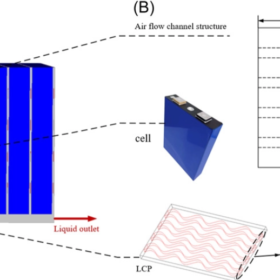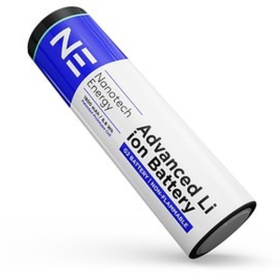The mobility rEVolution: New cooling system for EV batteries in China
South Korea’s SK is developing battery chargers with integrated battery diagnosis, Australian battery specialist Xelectric Power and Germany’s Mobilespace have launched a truck-mounted battery, and BMW Group has revealed plans to build assembly lines for high-voltage batteries next to its new vehicle plant in Hungary.
The mobility rEVolution: Novel EV charger with solar-matching function
Viridian Solar has released a new 7 kW wall-mounted EV charger, Honda has secured certification to run a virtual power plant in Germany, and Bosch has joined forces with IBM to use quantum computing to conduct research on electromobility materials.
Chile enacts law on energy storage, electromobility
Chile has enacted the Renewable Energy Storage and Electromobility Law, which will compensate standalone storage projects for injecting electricity into the grid and being available at times of peak demand.
The mobility rEVolution: Carmakers set to make more ICE cars than sustainable
Global production of internal combustion engine (ICE) vehicles is on track to far exceed sustainable levels from a climate perspective, according to a new German-Australian study. Foxconn, meanwhile, has started building an EV factory in Thailand.
Weekend read: Solar tops the bill
The US Inflation Reduction Act of 2022 sets aside $369 billion to decarbonize the economy and respond to climate change. pv magazine USA’s Anne Fischer and Ryan Kennedy report on the boost the landmark legislation is expected to provide to solar and battery deployment and manufacturing.
The mobility rEVolution: Lithium battery triggers New York high-rise fire
The New York City authorities have determined that a lithium battery in an unspecified micromobility device triggered a recent high-rise fire that injured dozens in Manhattan. Saudi Arabia has launched its first EV brand, while Indian researchers have developed a new anode material that can help to recharge lithium-ion EV batteries in minutes.
The mobility rEVolution: PG&E obtains first V2G export rate for commercial EVs in US
PG&E has secured approval to set up a vehicle-to-grid (V2G) export compensation mechanism for commercial EV charging customers in California. Sono Motors is debuting its Sion solar electric vehicles in the US market, while Toyota and Jera are installing innovative second-life battery systems in Japan.
Mango Power unveils home and portable battery system
US-based Mango Power has developed a 3.5 kWh battery system that can be expanded up to 14 kWh. The product features LFP battery cells from CATL and can be charged through AC wall outlets, with solar panels, or via electric-vehicle chargers.
The mobility rEVolution: Volkswagen taps quantum computing for battery research
Foxconn is looking to leverage its manufacturing expertise and become a major EV maker, Rolls-Royce has unveiled its first fully electric motor car, and BMW has pledged to invest $1.7 billion to build EVs in the U.S..
Non-flammable, graphene-based lithium-ion batteries approaching stationary storage market
US-based Nanotech Energy’s graphene battery uses proprietary electrodes with a thermally stable separator, and non-flammable electrolyte that is said to be inexpensive to manufacture. The technology is said to be superior in terms of safety and competitive in terms of cell performance.










